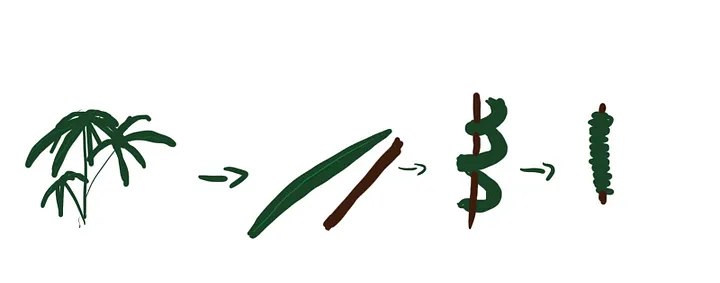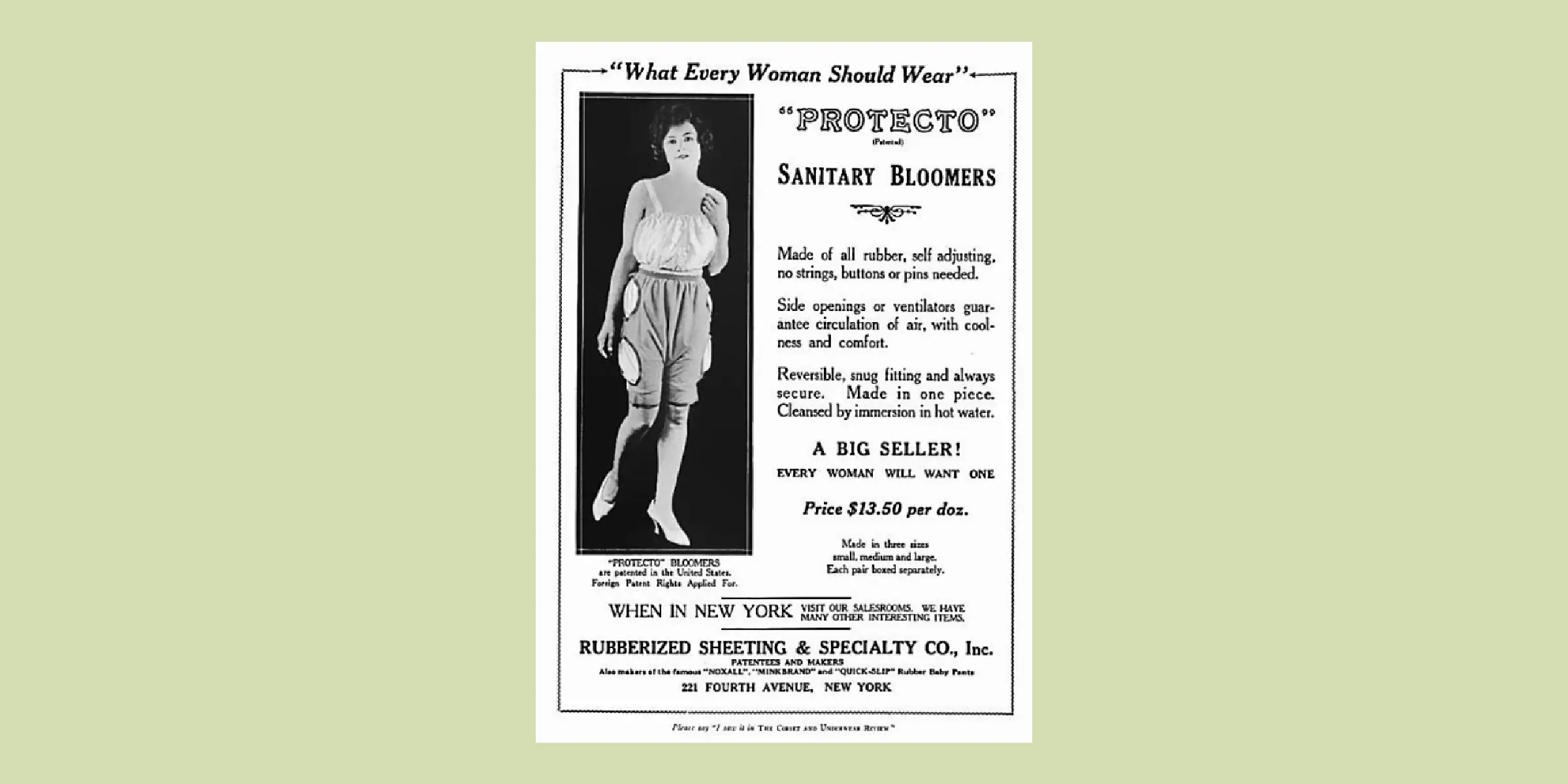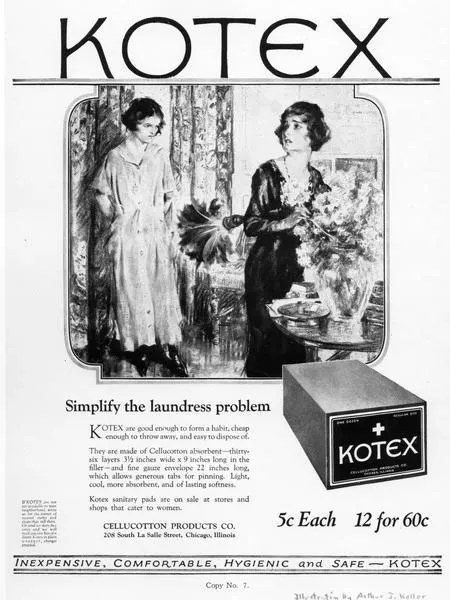Start
Ancient Times
Greeks

Photo by Cheryl Brown Stohel at pinterest.com
Ancient Greek women managed blood flow at that time of the month with homemade rags and tampons from lightweight wood.
Egyptians

Photo by Kyrie Gray on medium.com
It is believed that Egyptian woman created a tampon-shaped device out of softened papyrus and used it to absorb menstrual blood.
Romans

Photo by Roma Wonder on romawonder.com
Due of its absorbency, Roman women manufactured pads or rags from woven cotton and also wool.
19th Century
1.

Photo by mum.org on mum.org
In an effort to keep the vaginal area clean and odor-free, the sanitary apron was invented – a rubber apron-shaped device tied to your pelvic area with a strip running between the legs to prevent blood and stains from getting on your skirt or seat.
2.

Photo by mum.org at mum.org
The idea of women bleeding into their clothes and then wearing the same clothes for four to eight days was considered disgusting and unhealthy. It was around this time that doctors concern for infection from unsanitary conditions grew. Thus, the Hoosier Sanitary Belt, a belt that pinned to washable cloth pads, was born.
3.

Photo by obsidian on wordpress.com
The first menstrual cups were often made of aluminum or hard rubber.
4.

Photo by Caasbrey on caasbrey.com
In the 1890s, new tools like the Ladies Elastic Doily Belt started to appear in catalogues. You'd attach the pad to the silk and elastic belt.
5.

Photo by mum.org at mum.org
While it is believed that sea sponges were used for centuries by ancient women, they were discretely marketed to women in the late 19th century as an alternative to the foul-smelling washable napkins that were used at the time. Sea sponges were placed in a net with a string to allow easier insertion and removal from the vagin.
6.

Photo by Central Arkansas Library System on cals.org
Period pants made of rubber.
7.

Photo by Cora on pinterest.com
Invented by Johnson & Johnson, Lister's Towels, also known as‘Sanitary Napkins for Ladies’,were likely the first commercial pads to be sold. These mass-produced disposable sanitary napkins were made from gauze and cotton. Though, before being used as a menstrual product, these napkins were part of a maternity kit used to absorb postpartum blood.
8.

Photo by Smithsonian Magazine on smithsonianmag.com
Nurses first discovered that cellulose (the most abundant organic polymer) was a better material than cloth bandages for absorbing blood. The Kotex sanitary napkin (made from surplus high-absorption war bandages) became the first commercial success for sanitary napkins.
20th Century
1.

Photo by the Girls.company on thegirlsco.com
In 1956, Mary Kenner, a female African-American inventor, invented the first sanitary belt with an adhesive to secure the pad in place. She created an adjustable sanitary belt with a moisture-proof napkin pocket built in. Her patent for the sanitary belt, unfortunately, was dismissed for thirty years due to racial discrimination. Women today find this menstrual pad to be incredibly useful.
2.

Photo by mum.org on mum.org
In 1929 Dr Earle C. Haas invented and patented the modern tampon with an applicator. Haas developed the idea after a he discovered that a friend of his had been inserting a small piece of sponge inside herself during menstruation as opposed to wearing bulky sanitary napkins. He wanted to create a better option for women. This was quite innovative for that time as women were generally uncomfortable with manually inserting a tampon due to it being taboo to be so intimate with their vaginas and menstrual blood.
3.

Photo by the Girls.company on thegirlsco.com
Leona Chalmers improved the menstrual cup in 1956, using softer materials to create a product which is more similar to what we use today.
4.

Photo by mum.org at mum.org
The first "modern" menstrual cups, which were like the ones used today were invented in 1937. The first patented cup was made from latex rubber with the aim of allowing women to wear slim, tight-fitting clothes and draw comfort from knowing that there were no belts or pads showing. However, during the second world war (WW II) the shortage of latex rubber forced the production companies to shut down.
5.

Photo by Mymed.com on mymed.com
During the 90's the release of innovative absorbent gels which were built into sanitary pads were a breakthrough in both comfort and hygiene. This was also marketed as an alternative to tampon use, aimed at reducing the number of Toxic Shock Syndrome (TSS) cases in women which hit an all-time high during the 80's as a result of super absorbent tampon use.
21st Century
